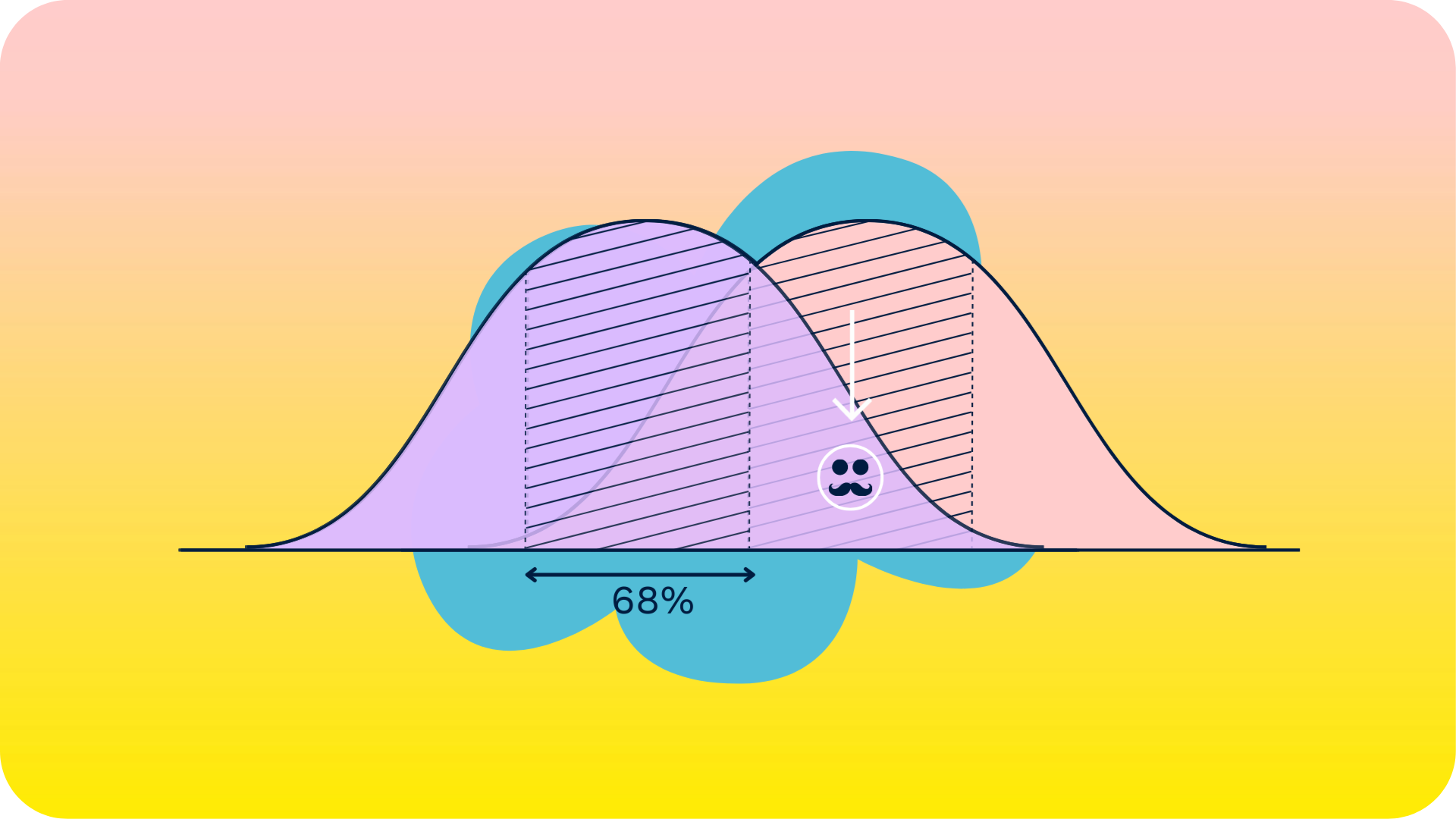Strategy = dialogue
The end of the year is often the moment when people start making plans for the time to come. At Minkowski we see this first hand as the questions for help in developing strategic plans increase at the end of each year leading into the next year (maybe it’s just a coincidence that this coincides with making New Year’s resolutions). However, a strategy is never set in stone. You never make a strategic plan to lock it up in a drawer never to look at again (although I expect this happens a lot). For us strategy is dialogue: a multi-dimensional, dynamic and context-dependent process of creating meaning for an organization. It is something that should be ongoing as the context of any business is always changing.
Culture eats strategy for breakfast
It’s an often quoted phrase of Peter Drucker, illustrating that even though your plans can be great, if you don’t pay attention to the company culture, any plan will fail. It reminds me of another great quote of Mark Twain: “in theory there is no difference between theory and practice. But, in practice, there is”.
Why do I mention these two quotes: because it illustrates that ‘a plan’ should be something fluid. Your strategy never sits in a vacuum (unless it really disappeared in that drawer). It should always be adapted to the culture of the company on an ongoing basis. It should always be adapted to the practice it runs into. That’s why we see strategic planning more as a process of creating meaning: it tells everyone in the organization what it is that they’re working towards. A good strategy is rather a conversation starter than it is the conclusion of a long planning process. If it is the latter, then by the time everyone is in the know, it is already old again. Meaning that it should be adapted again.
Facilitating an ongoing process: turning ‘strategy’ into a verb
So, ‘strategy’ is an ongoing process. We should begin to see the word ‘strategy’ as a verb as you should always be working it. The strategic consultant is then someone who facilitates the dialogue about the direction the company is taking. We believe that this is something that anyone can do or can learn to do (and preferably inside your company). We apply principles of design thinking to strategy, so that you are able to use your strategy as a framework for making decisions, having conversations, continuously adapting and iterating it. If you approach strategy like this, it becomes an effective tool for change and transformation from within and not a nice document that is lying around somewhere.
Perhaps you might even succeed in rephrasing Drucker’s quote to “strategy = culture (and vice versa)”.
Reach out to us if you want to train strategy facilitators in your organization and use strategy design as a new approach to your strategic planning practices.
Written by Jörgen van der Sloot
Founder & Head of Futures at Minkowski







